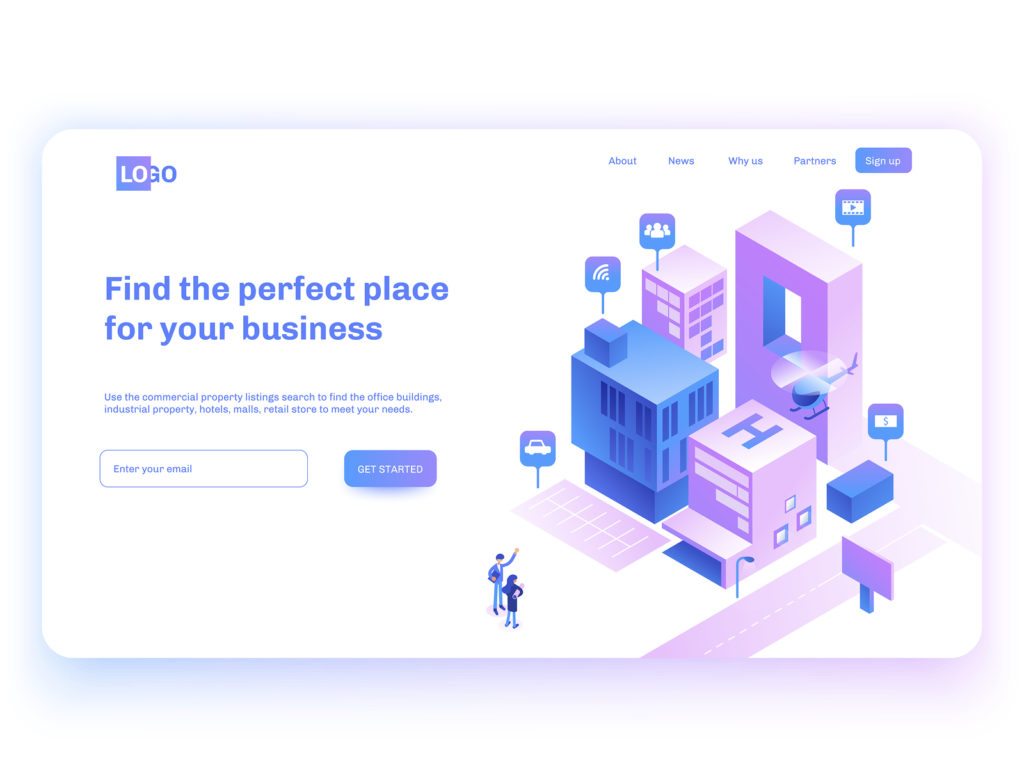Crucial to every digital marketing campaign is the landing page. Every user of digital technology has come into contact with a landing page, whether they realize it or not, as marketers attempt to get readers and viewers to buy in to their campaigns.
But with so much information at our fingertips, and so many attempts to gain our attention in a suffocating digital media landscape, it’s all the more important to create a landing page that not only gets a customer’s attention, but obtains the oh-so-coveted conversion that marketers are looking for.
So what practices can we implement as marketers to increase the chances of getting that conversion? Let’s take a look at strategies to help improve the quality of landing pages to turn your calls-to-action into conversions.
The Header
If anyone in your content marketing department has any journalism experience, they may be familiar with the inverted pyramid, which asks journalists to flip the format of conventional writing to feature the most important part of a story at the very beginning, rather than the end. The same applies to landing page copy.
The header of a landing page is most important. If it doesn’t capture the reader’s attention and provide a clear sense of what it’s trying to accomplish in the first few seconds, it will fail.
The header needs to be clear and concise, matching what was promised in the original ad.
Adding some creativity that still presents information clearly will also help to keep the customer’s attention, as will bold and colorful copy and graphics that don’t overdo it.
The Body Copy
The body copy is also important, but is often skimmed and scanned by readers rather than red in full. This emphasizes the need for concise yet detailed content that provides more information than the header, but still remains brief and readable.
To make your body content as readable as possible, it’s important to break apart the copy by creating paragraphs, subheadings and lists.
By breaking up your copy, your landing page becomes instantly more readable, increases the chances that readers will continue reading your content and be compelled enough to buy in to your call-to-action.
The Conversion
The conversion element of your landing page can take a variety of forms, but the conversion is predominantly either a form or a call-to-action. Once again, simplicity is central here.
If using a form, you want to only ask for the information that is absolutely necessary, as forms that are too long or redundant can dissuade the reader from continuing on and giving you the conversion that you are looking for.
The same goes for the call-to-action. Language that is too dense and extensive can make it easy for the reader to lose attention. How to avoid that? Keep it concise.
In Conclusion
To sum it up, landing page copy needs to remain clear and concise if you want to improve your chances of successful conversions. Simple, bold headlines are key, especially when used in conjunction with clear body copy and an easy to navigate form or call-to-action.
For assistance in developing landing page strategies for your business, Strunk Media Group’s digital marketing experts are here to help you navigate the ever-changing world of digital marketing.

